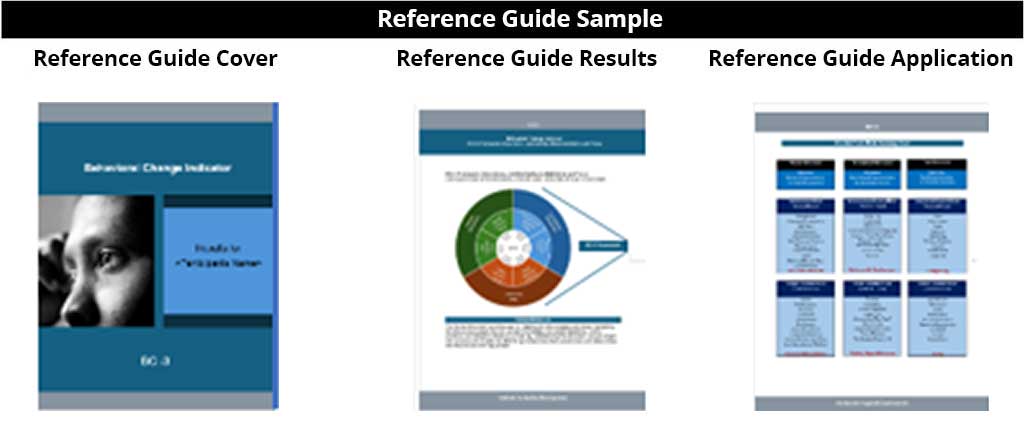The Behavioral Change Indicator (BCI-3) is an integrative assessment framework designed to help individuals understand how they function in both stable (composed) and emotionally charged (turbulent) situations. The model examines six Oriented Modes organized across three primary dimensions: Human, Conceptual, and Task. Each dimension includes two modes—one internal and one external—allowing for a comprehensive understanding of how individuals think, act, and adapt under various conditions.
The BCI-3 supports personal and professional development by increasing awareness of behavioral tendencies, recognizing emotional shifts, and fostering adaptability. By helping individuals identify their dominant modes and the traits they exhibit in both composed and turbulent states, BCI-3 empowers them to manage challenges, collaborate effectively, and make more intentional choices.
Each assessment comes with a personalized report that includes your composed and turbulent scores for each Oriented Mode, explanations of productive and unproductive traits, and reflection tools to help you interpret your behavior patterns. The BCI-3 also outlines common shift patterns—Primary and Secondary—that occur during emotional turbulence, giving insight into how and why individuals may behave unpredictably under stress.
Participants will gain:
- Awareness of their behavioral patterns under normal and stressful circumstances.
- Understanding of how shifts in internal and external focus influence their interactions.
- Strategies to return to a composed state and improve interpersonal effectiveness.
- Insights into balancing various modes for situational success.
Learning Objectives
The Behavioral Change Indicator (BCI-3) helps individuals identify their dominant and preferred behavioral modes across six key categories: Self-Oriented, People-Oriented, Introspection-Oriented, Vision-Oriented, Analytical-Oriented, and Action-Oriented. This assessment tool provides insight into how people manage stress, navigate interpersonal dynamics, and adapt their behaviors in both composed and turbulent states. By understanding their primary behavioral tendencies, individuals can improve their ability to regulate emotions, manage uncertainty, and choose more effective responses across varying situations.
This increased awareness promotes more intentional, flexible, and constructive behavior in both personal and professional environments, while also enhancing emotional intelligence, teamwork, and leadership development.
Process, Results, and Reference Guide
After completing your purchase, you will receive an email with a link to the BCI-3. Once completed, you will receive a personalized report outlining your Composed State and Turbulent State scores by mode, Charts and descriptions for interpreting internal vs. external orientation, Mode-specific productive and unproductive traits, Worksheets to support reflection and development, and Explanations of shift patterns, including different combinations signal behavioral trends and challenges.
These tools enable individuals to increase emotional intelligence, become more self-aware, and engage in constructive behavior even during conflict or uncertainty. The guide is suitable for individual growth, leadership training, or team development initiatives.

I-AD offers other services to add value to your personal and professional growth. Consider meeting with a coach or training consultation to enhance your complete organization.
Coaching
Looking for a more in-depth discussion on interpreting the usefulness of your results? Coaching sessions are available to purchase with an expert coach on Behavioral Change. Please go to I-AD Topic Exploration Coaching Services to purchase and schedule a coaching session.
Training Consultation
Looking for a way to enhance your team and office interaction with one another? You may want to consider discussing these needs by contacting an I-AD Consultant and Master Trainer.



